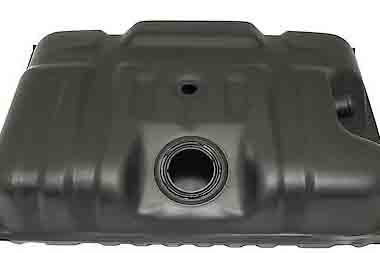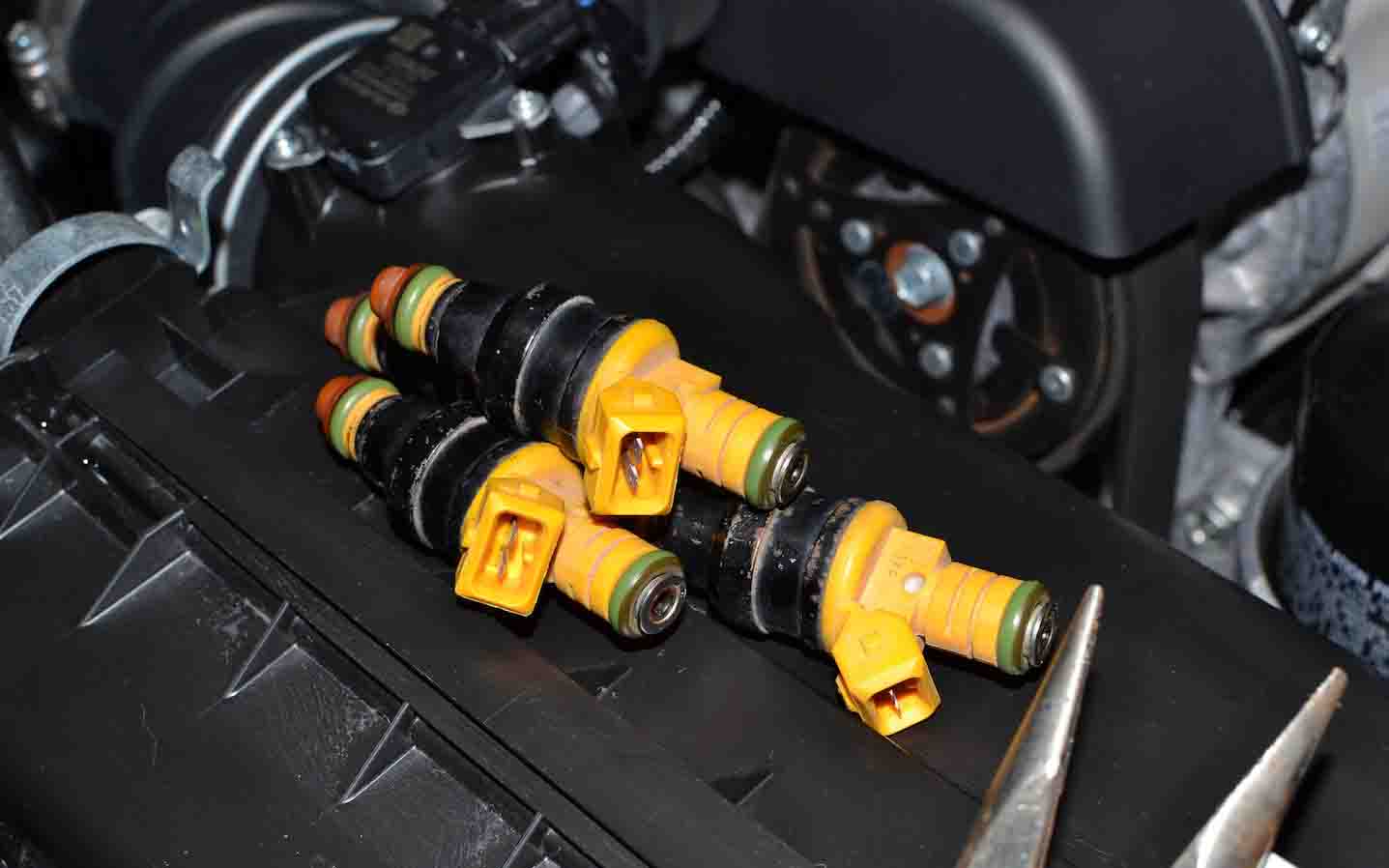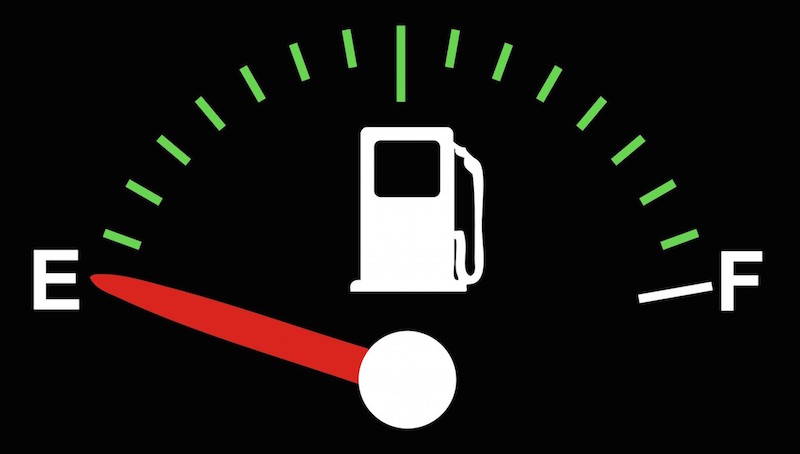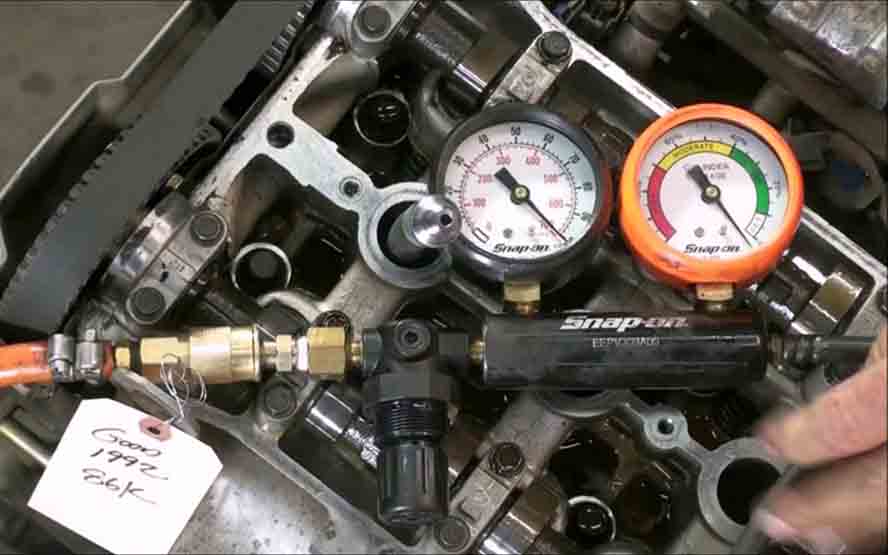
Source: Andy Jensen
This is a project that needs some know-how
-
The metal rod over the fuel injectors is the fuel rail. Use the socket and ratchet to remove the bolts and brackets holding the fuel rail in place. Depending on the model, some engines will need the fuel line disconnected from the fuel rail in order to move the rail.
-
Make sure the engine is cold enough to touch. Disconnect the battery.
-
Remove plastic engine covers using appropriate socket. Set covers aside.
-
Use pliers to disconnect the electrical connector on each injector.
-
Lift the fuel rail off of the intake manifold, bringing the injectors with it. This takes a good amount of force, as the injectors are attached to the rail, and the sprayer tips are a snug fit in the intake manifold. Don't use so much force, though, that you deform or bend the fuel rail. Pulling straight up (as the injector is oriented) makes for easier removal.
-
Examine the injector. If you see a small metal clip that looks like a staple, use a small flathead screwdriver to remove or depress the clip. Then, while wearing gloves, grasp the injector and work back and forth while pulling to remove from the fuel rail. The injector and rail will drip, so have shop towels ready.
-
Press the injector into the rail until it stops. Attach the metal clip, if equipped.
-
Reattach the fuel rail. This can be tricky, but line up all the injectors over their respective holes, then press each injector until they slide into place.
-
Bolt down fuel rail. Reattach fuel line. Plug in fuel injector electrical connections.
-
Reconnect battery.
-
Turn the key to the on position and wait 10 seconds before turning to engine start. This will allow the fuel pump to refill the lines and fuel rails before the engine cranks.
-
After the engine drops to the normal idle RPM, turn the engine off. Take a flashlight and check all the injectors for fuel leaks.
This step usually depressurizes the fuel system in multi-port fuel injected vehicles, but your engine may vary. Check your repair manual to be sure.
Before installing the new fuel injectors, dip the fuel injector tip (sprayer end) into a small amount of engine oil. This will wet the seals, preventing leaks. If your new injectors came without seals, purchase new injector seals separately rather than reusing the old ones.







